Dateline Mussoorie: The conjoined twins: Landour & Mussoorie celebrate the spirit of community and culture in the Himalaya with its 11th edition of the annual Landour Mela this weekend. Set to captivate locals and tourists alike, the Mela returns to the charming Queen of hills on 20th-21st, December, 2025. This eagerly anticipated event promises to encompass the rich cultural heritage, stunning natural beauty, and warm community spirit that define this picturesque region.
The event will be inaugurated by – Smt. Ankita Singh (IDES) – CEO, Cantonment Board Landour with Ganesh Joshi, Hon’ble Cabinet Minister, Government of Uttarakhand as Chief Guest. Special Guest of Honor – Brig R S Thapa – President, Cantonment Board Landour, Smt. Meera Saklani – Hon. Chairman, Mussoorie Nagar Palika Parishad, SDM Mussoorie, Shri Rajat Agarwal – President Mussoorie Traders Welfare Association, Smt Neha Joshi – State Secretary of BJP Uttarakhand & National Vice President of the Bharatiya Janata Yuva Morcha (BJYM) along with the The Pastor, St. Paul’s Church, and Landour Cantt Board officials will take part in the inaugural event.
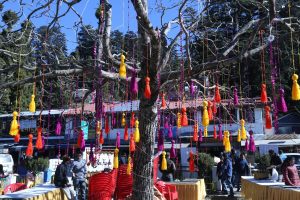
The Landour Mela represents a celebration of the vibrant traditions and artistic expressions of the Himalayan communities, showcasing an array of over 45 stalls featuring local, natural, organic and handmade products, mesmerising folk performances, delectable local cuisine, captivating arts and crafts, and a diverse range of activities for all age groups.
Along with this Ankita Singh (IDES) – CEO, Cantonment Board Landour added, “There will be a free medical camp set-up for both the days as well. Wherein walking sticks, wheelchairs, blankets will be distributed free of cost to the needy. With free eye check and other medical needs attended to, by a professional medical team.”
This year the organisers aim to showcase the unique spirit of Uttarakhand, offering attendees the opportunity to immerse themselves in the region’s rich cultural tapestry. The mela will also spotlight the breathtaking natural beauty of Landour and its surroundings, with activities that showcase its natural wonders and promote eco-friendly practices. Attendees can partake in guided nature walks, birdwatching sessions, and environmental awareness designed to deepen their appreciation for the stunning landscapes of this small hill-town.
“We are thrilled to welcome everyone to the annual Landour Mela, where we celebrate the deep-rooted traditions, vibrant culture, and warm hospitality of our local Pahadi communities,” said Vivek Binepal (Director, Green Life), and organiser of Landour Mela. This mela provides a platform for traditional craftsmen, home-based women led entrepreneurs, Garhwali cuisines and local farmers to showcase their talents while offering an enriching experience for all attendees. It offers a perfect opportunity for visitors to escape the hustle and bustle of city life and immerse themselves in the unique charm of the heritage town.

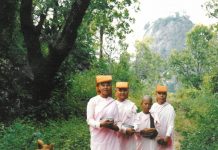
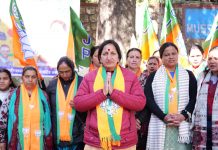


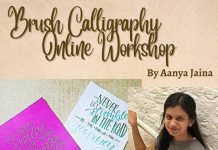

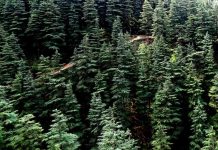

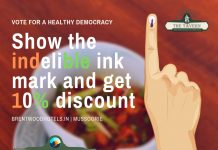

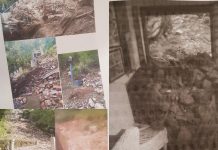
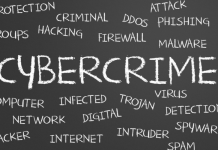
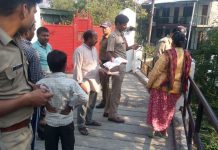

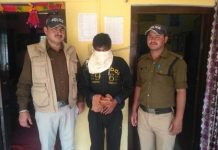
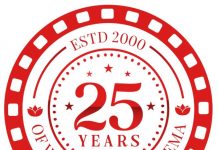
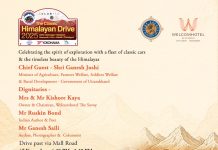
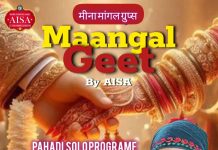
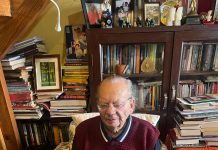
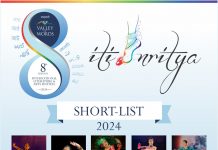
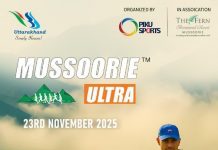
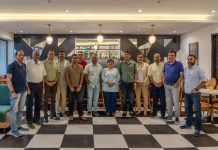

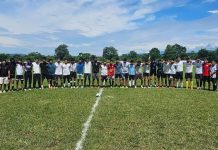
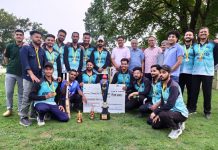
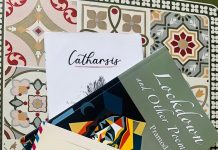
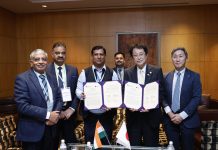
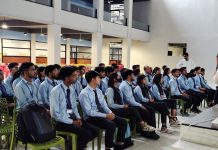

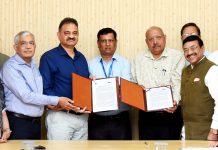

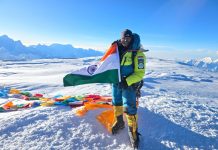

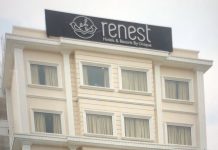
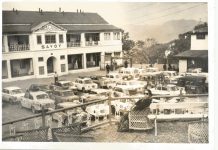

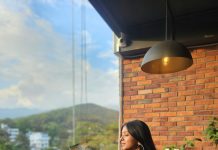
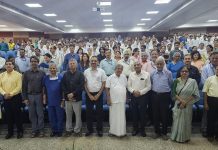

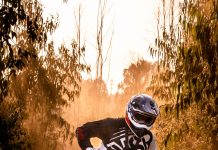
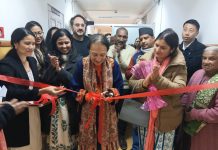

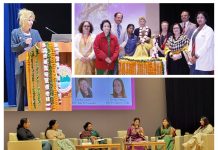
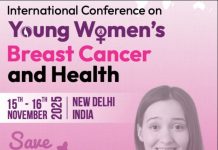
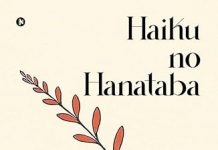
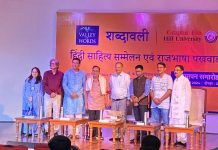
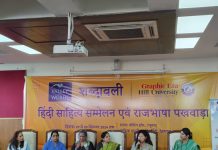
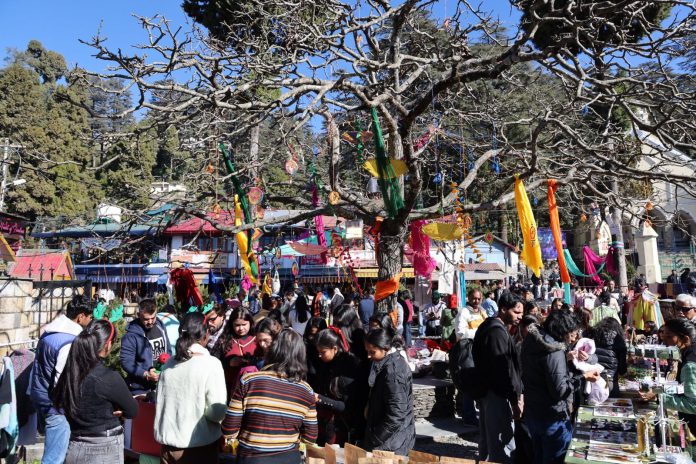
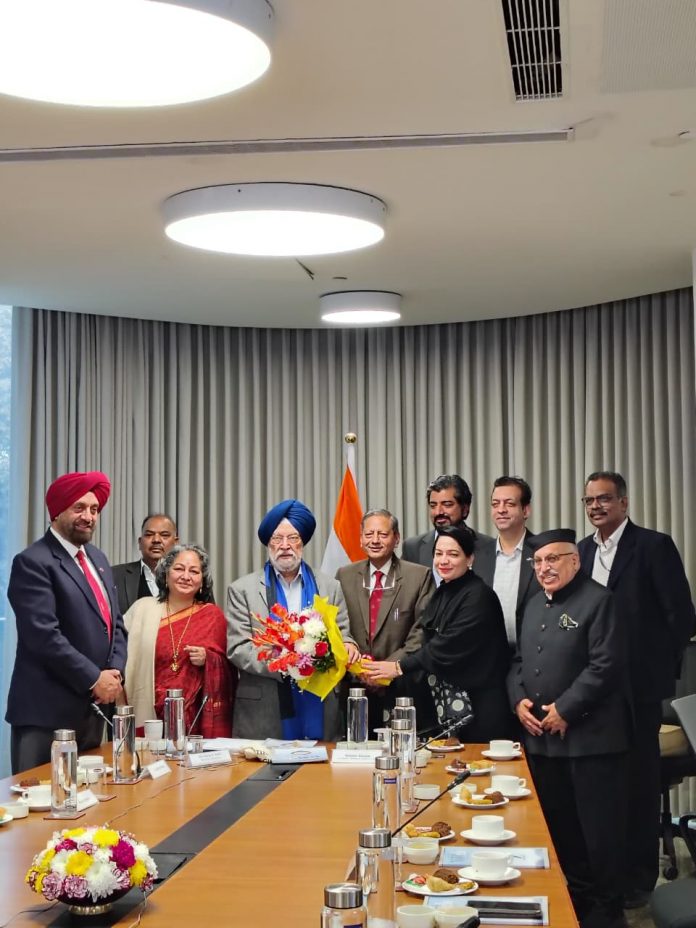
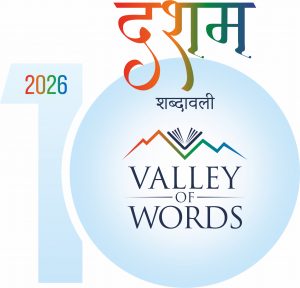
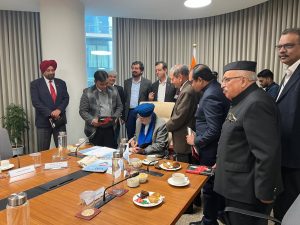
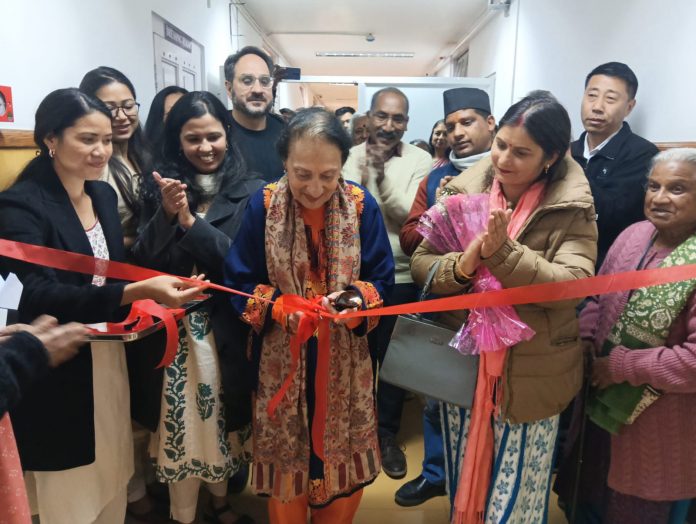
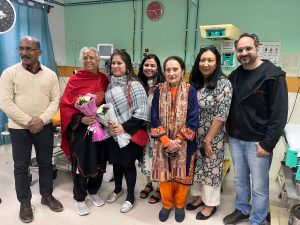
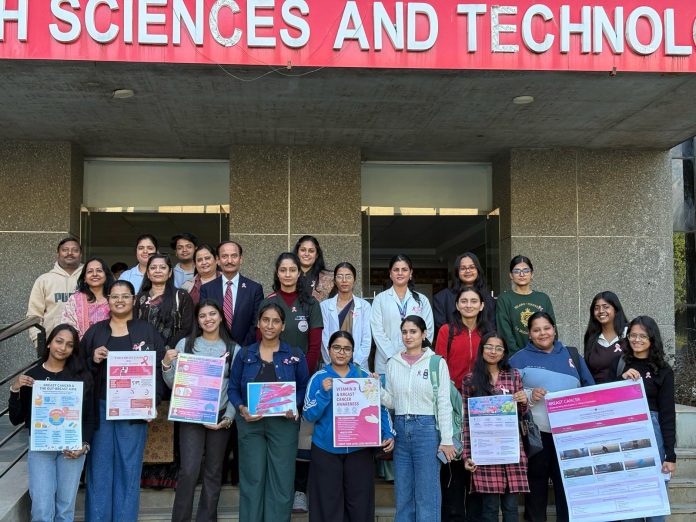
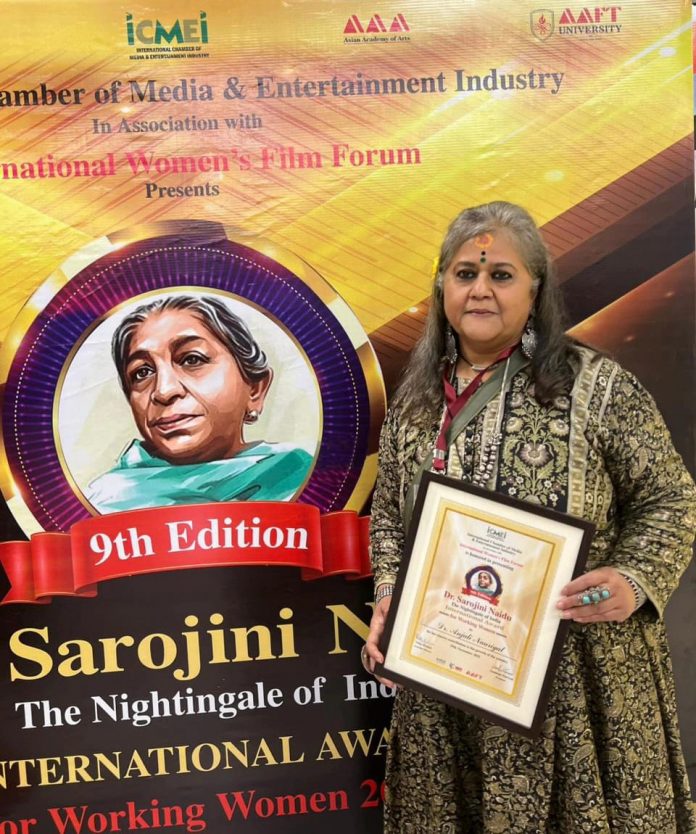
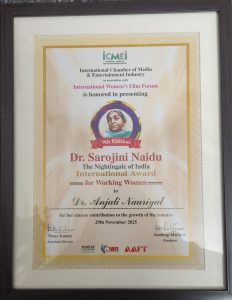
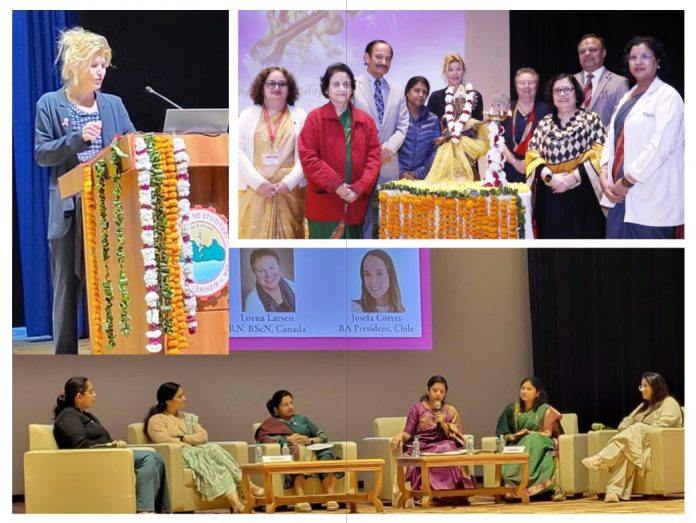

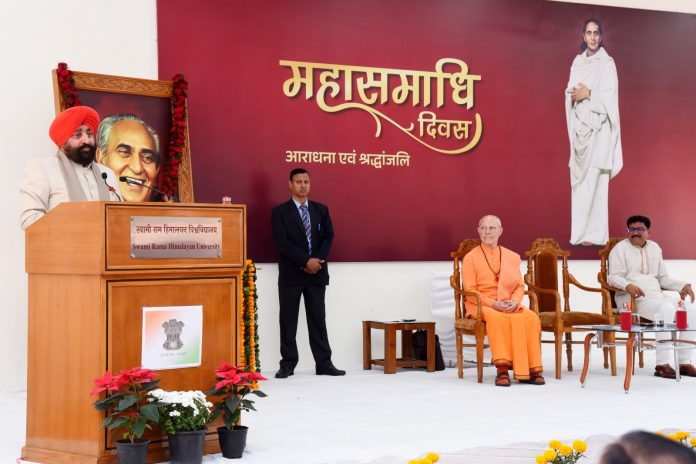
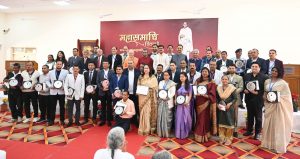
 Since 2003, the Himalayan Institute Hospital Trust (HIHT) has been presenting the Swami Rama Humanitarian Award annually to an individual or organization contributing exceptionally to the fields of social welfare, environment, science, economics, or spirituality This year, the Swami Rama Humanitarian Award 2025 was conferred upon ‘Sumangali Seva Ashram’, Karnataka — a social organization dedicated to community welfare. The award comprises ₹10 lakh, a citation, and a gold medal. Dr. S. G. Sushilamma, Founder and Chairperson of Sumangali Seva Ashram, received the honor on behalf of the institution.
Since 2003, the Himalayan Institute Hospital Trust (HIHT) has been presenting the Swami Rama Humanitarian Award annually to an individual or organization contributing exceptionally to the fields of social welfare, environment, science, economics, or spirituality This year, the Swami Rama Humanitarian Award 2025 was conferred upon ‘Sumangali Seva Ashram’, Karnataka — a social organization dedicated to community welfare. The award comprises ₹10 lakh, a citation, and a gold medal. Dr. S. G. Sushilamma, Founder and Chairperson of Sumangali Seva Ashram, received the honor on behalf of the institution.











